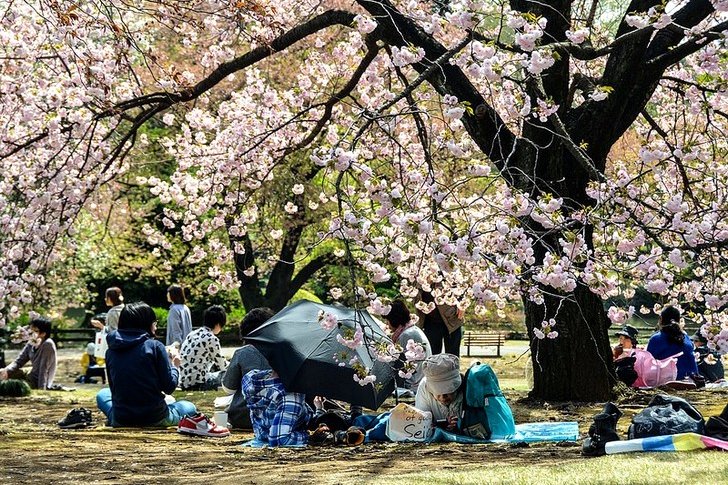Japan is a country that carefully and carefully preserves and cherishes its traditions and culture. Thousands of tourists come to look at Japanese historical and architectural values. There is something magical in this calm, balanced culture. Take only the tea ceremony beloved by travelers. But it's not all of Japan.
Japanese technology will surprise any European. High skyscrapers and television towers are being built in cities. The Tokyo TV tower is the tallest in the world. The Toyota Museum finds a lot of fans not only among motorists. And Tokyo Disneyland is one of the best parks in the world.
What to see in Japan?
The most interesting and beautiful places, photos and a brief description.
- Fujiyama
- Todai-ji temple
- Arashiyama Bamboo Grove
- Himeji Castle
- Shibuya area
- Mount Koya-san
- Kumano Nachi Taisha
- Ishigaki Island
- Kotoku-in
- Hiroshima Peace Memorial
- Happo-en garden
- Jigokudani Snow Monkey Park
- Kiyomizu-dera
- Tokyo TV tower
- Golden Pavilion of Kinkaku-ji
- Itsukushima Shrine
- Shirakawa-go and Gokayama
- Castle in Osaka
- Tubu-Sangaku National Park
- Atsuta Temple in Nagoya
- Tokyo Imperial Palace
- Kegon Falls
- Toyota Mega Web Exhibition Center
- Disneyland in Tokyo
- Hanami
Fujiyama
Fujiyama is the hallmark of Japan. Its height is 3776 meters. For the Japanese, this place is sacred, and for tourists it is incredibly attractive. The volcano has a surprisingly symmetrical cone. The most beautiful view of it is in winter or early spring. There are 5 volcanic lakes near Fujiyama. Climbing the mountain is carried out in the summer. Guides and developed infrastructure help to conquer Fujiyama.
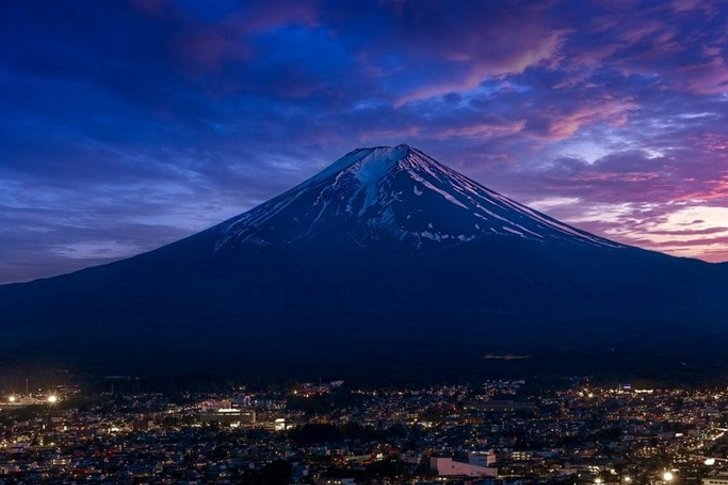
Todai-ji temple
This is the most sacred place in Japan. Three million visitors come here every year. Todai-ji Temple was reduced in size by fires, but is still the largest wooden structure in the world. It was built in 745. In the middle of the temple is a 15-meter Buddha statue. For its manufacture, almost all the reserves of bronze were spent. Deer, beloved by tourists, also live on the territory of the temple.
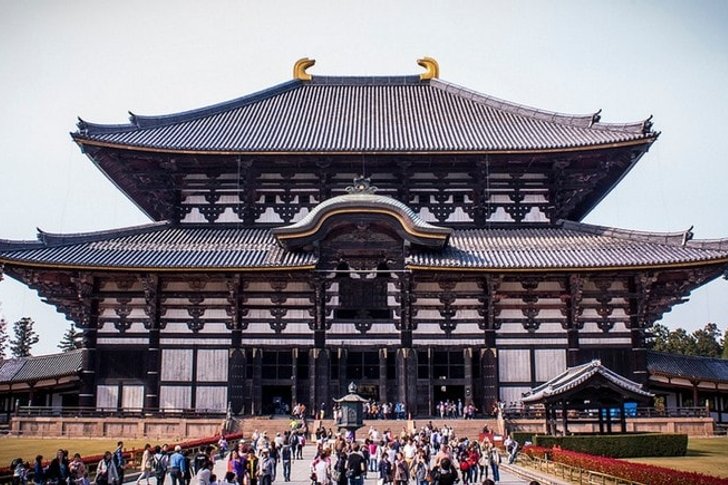
Arashiyama Bamboo Grove
The grove was created by the monk Muso Soseki. It is located in the Kyoto region. Everything in the park has a deep connotation. No wonder they say that here you can understand the meaning of life. There are paths through Arashiyama. You can walk around the park in 15 minutes, but you want to walk there for hours. Bamboo stems make special sounds. This is incredible forest music. The height of the trees reaches 40 meters.
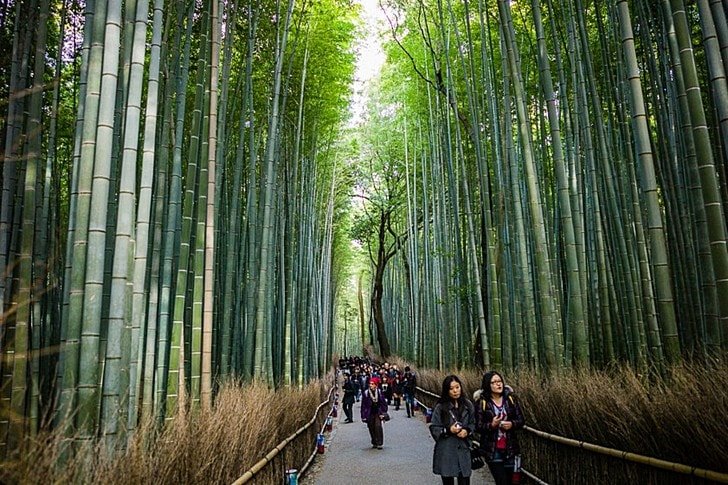
Himeji Castle
Himeji is called the White Heron Castle. Its walls are snow-white, and the lines and features are graceful, like those of a bird. During its existence, the castle did not suffer from fires or enemy raids. And if someone tried to capture the castle, they would get confused in the labyrinths of gardens and rooms. The whole complex is 83 structures. Cherry blossoms bloom around them, which makes the castle even more beautiful. It's no surprise that he's been featured in many films.
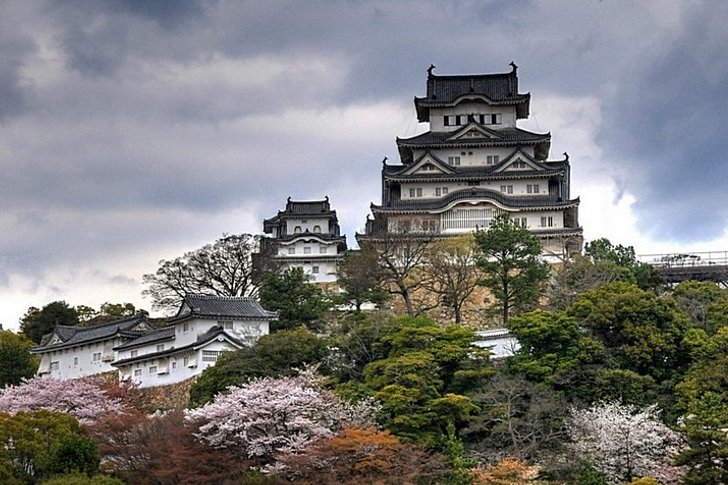
Shibuya area
It is one of the 23 special districts in Tokyo. Once it was a village, then a small town. Now it is part of the capital and the center of nightlife, entertainment, fashion and shopping. Also here are some of the tallest skyscrapers in the city, Microsoft and Coca-Cola offices. The Hachiko monument is considered the center of the district. In addition to boutiques and entertainment centers, there are museums and temples.
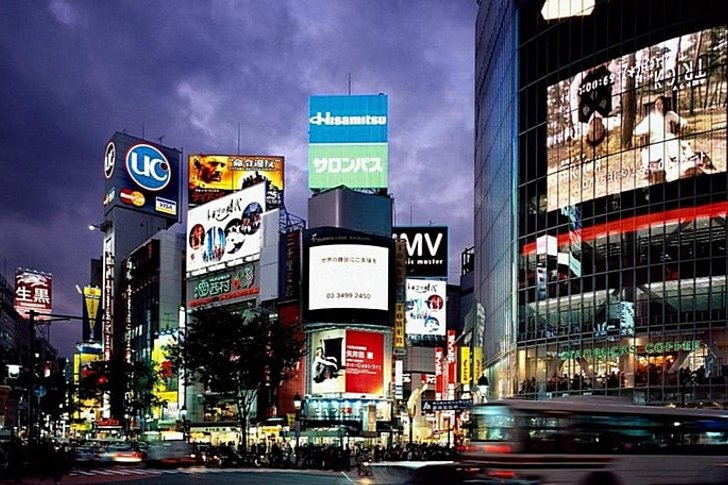
Mount Koya-san
This is a mountain in Wakayama Prefecture, which is home to many temples and Shingon Buddhist schools. The first temple was founded in 819. Today the temples receive tourists. The mountain is very picturesque, and the place is peaceful. Travelers can feel like a part of the life of the monks. There is also a beautiful cemetery on the mountain, which is illuminated at night. You can go up the mountain by tram.

Kumano Nachi Taisha
This is one of the Kumano shrines. It is located near the Katsuura thermal spring. Numerous paths lead to the temple. They are surrounded by huge trees and stretch for 600 meters. One of the main beauties of Kumano Nachi Taisha is the highest waterfall in Japan. Its height is 113 meters and for the Japanese it has religious significance. Its power and beauty surprises even seasoned travelers.
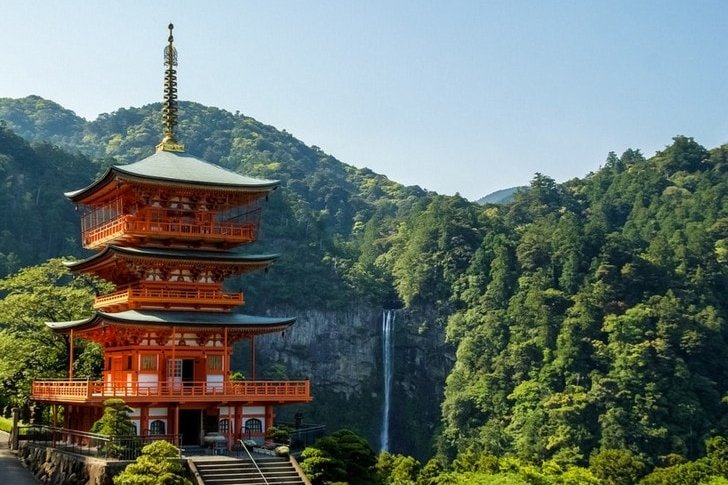
Ishigaki Island
It is the main island of the Yaeyama Islands. On it is Mount Omote-dake, whose height is 526 meters. Ishigaki is famous for its coral reefs. You can swim in the sea near the island all year round, the water is warm there. Diving is very popular here. There are also very beautiful caves of Hirakubo and Ugan. Boats take tourists to neighboring islands.
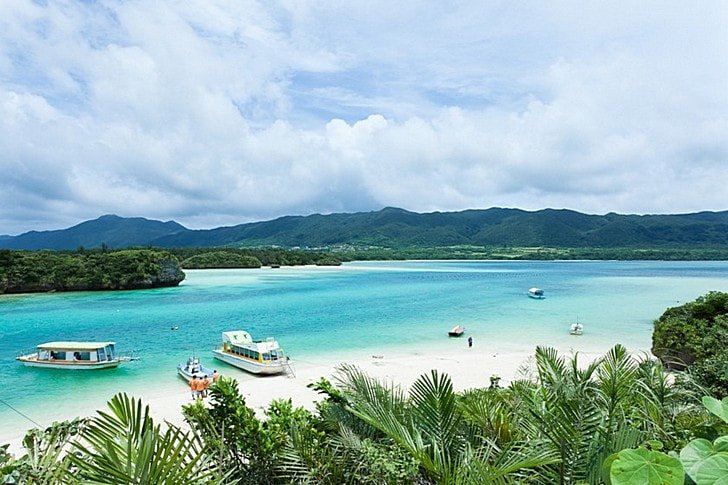
Kotoku-in
Kotoku-in is a temple famous for its bronze Buddha statue. Its height is 13.5 meters, and its age is more than eight centuries. In the original version, the statue was made of wood and reached 24 meters in height. But it was destroyed by a storm in 1247. Then in 1252 they began to build a new statue. After 12 years, a creation appeared that resisted all the elements and survived the temple in which it stood.
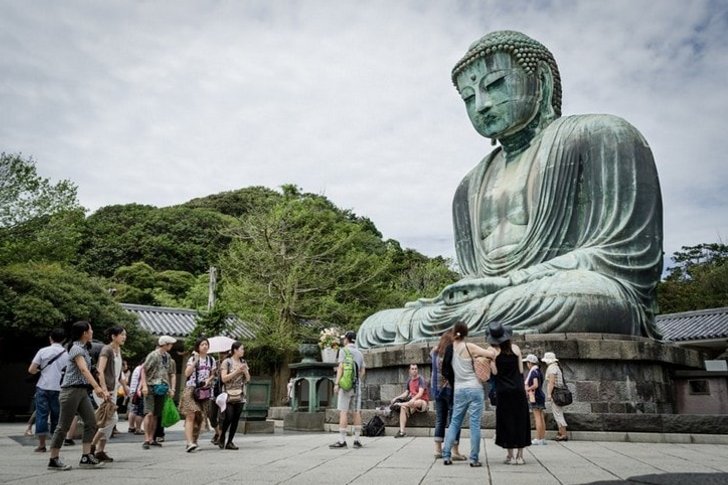
Hiroshima Peace Memorial
Until 8:15 am on August 6, 1945, the Genbaku Dome was the exhibition center of Hiroshima. After the explosion of the atomic bomb that hit the building, all visitors died. The dome was located 160 meters from the epicenter of the explosion. He burned out, but survived. It was strengthened, and it became the main exhibit demonstrating the consequences of an atomic explosion and the inadmissibility of using atomic weapons.
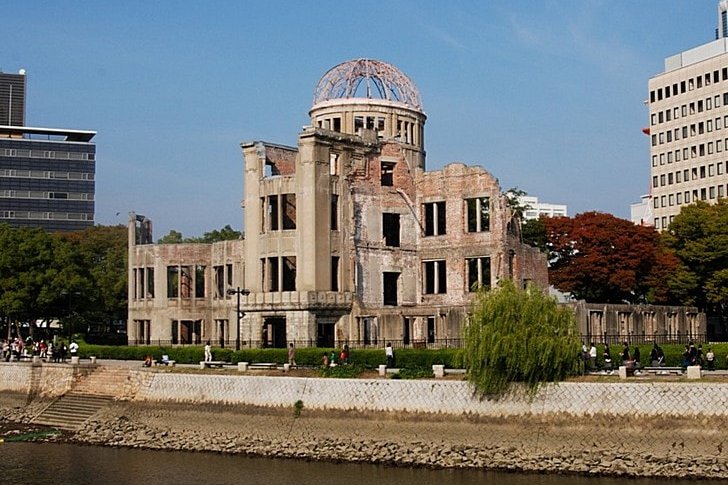
Happo-en garden
Happo-en Garden is a green island in the middle of the paved city. Its beauty has been noted by the government, and tourists are increasingly adding it to their itinerary. In the garden you can get to a real tea ceremony. After it, you can walk along the path that runs through the valley and is surrounded by bonsai trees, admire the fish in the pond or visit the temple. There are two of them and weddings are regularly held in them.
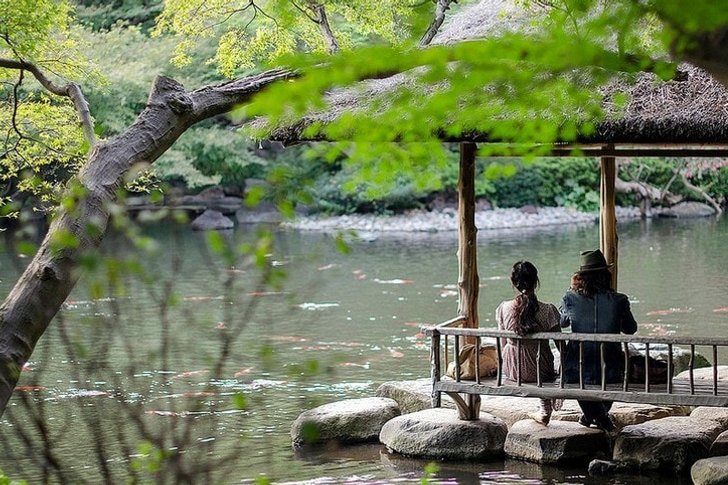
Jigokudani Snow Monkey Park
The park is located on the island of Honshu and lies in the Yokoyu Valley at an altitude of 850 meters. It attracts tourists by the fact that about 160 macaques live in it. For a third of the year there is snow in the park. But the monkeys' favorite place is the waters of thermal springs. In whole groups they bask in warm water. Monkeys have their own charter and hierarchy. Someone warms up, someone carries food. They feed on plants.
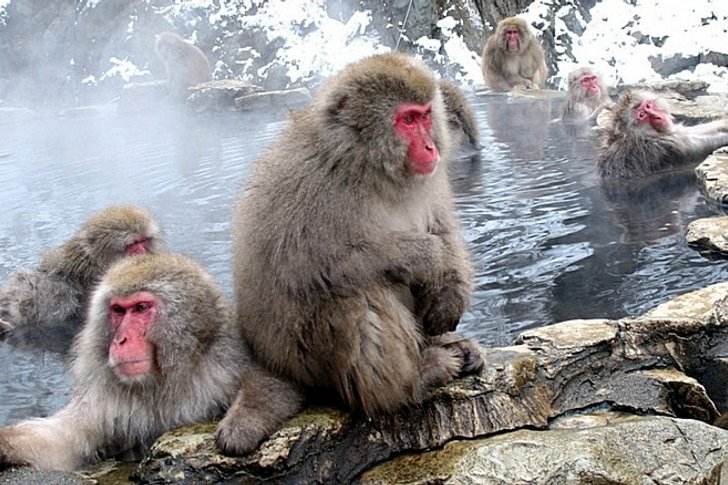
Kiyomizu-dera
The temple is located on Mount Otova in Kyoto. It is considered a gem among the shrines of the area. It was built in 798. According to legend, the monk Entin noticed a stream and, wanting to find its source, climbed into the mountains. At the top, he found a clearing with an amazing waterfall. After a prophetic dream, the monk founded the temple. Over time, a temple complex was built here. The water here is considered sacred, and the view from the temple in Kyoto is amazing.

Tokyo TV tower
The Tokyo Skytree is the tallest television tower in the world. Located in Tokyo, in the Sumida area. Its height is 634 meters. The only building in the world that is taller is the Burj Khalifa. The tower has a cafe and souvenir shops, two observation decks and a restaurant that offers breathtaking views of the city. At the base of the tower is a shopping and entertainment center.
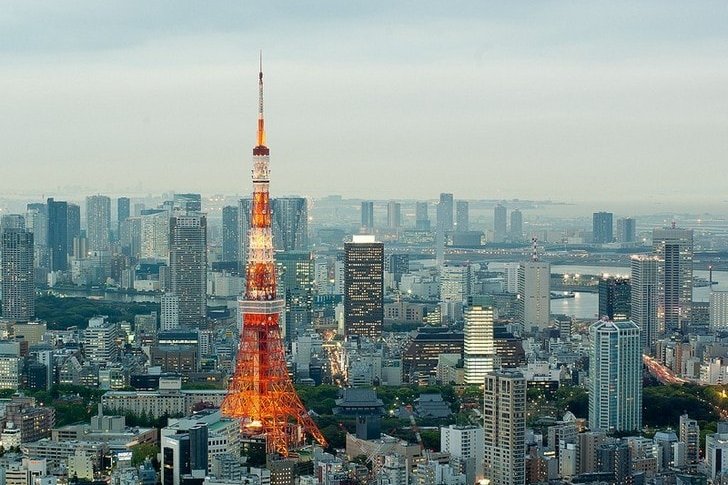
Golden Pavilion of Kinkaku-ji
This is a structure covered with sheets of gold. The pavilion was built by Yoshimitsu in 1397 when he was tired of ruling. Near the sanctuary there is a beautiful lake and a garden, which is considered one of the most beautiful in the country. It has many paths, streams and ponds. On the first floor of the pavilion guests are received, on the second floor there is an exhibition of paintings. On the third, religious ceremonies are held.
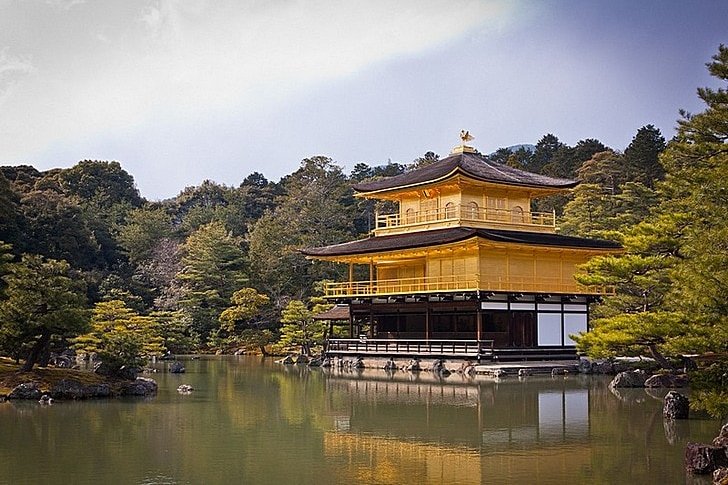
Itsukushima Shrine
The shrine is located on the island of Miyajima. The torii gate, which is located on its territory, is considered one of the symbols of Japan. View of them refers to the "Three Famous Landscapes of Japan". Their height is 16 meters. They are built on piles in the water. You can reach the gate only during a strong low tide. Having reached them, you need to put a coin into a crack in a tree and make a wish.

Shirakawa-go and Gokayama
These are very colorful villages that are perfectly preserved and demonstrate the history and life of the Japanese. The climate and geographical position here is harsh. The villages are located in a mountainous region on the island of Honshu. In winter, the island was often completely cut off from civilization. This formed a special way of life for the inhabitants. A special architectural style has been developed here, which is designed to protect houses from snow.

Castle in Osaka
A famous commander built this castle in the 16th century. Its area is a square kilometer. It has five floors above ground and three underground. The walls of the castle are decorated with gold leaf. The building itself is located on a stone embankment for protection from enemies. Some boulders reach six meters in height. An amazing view of the city opens from the observation deck of the main tower of the castle.
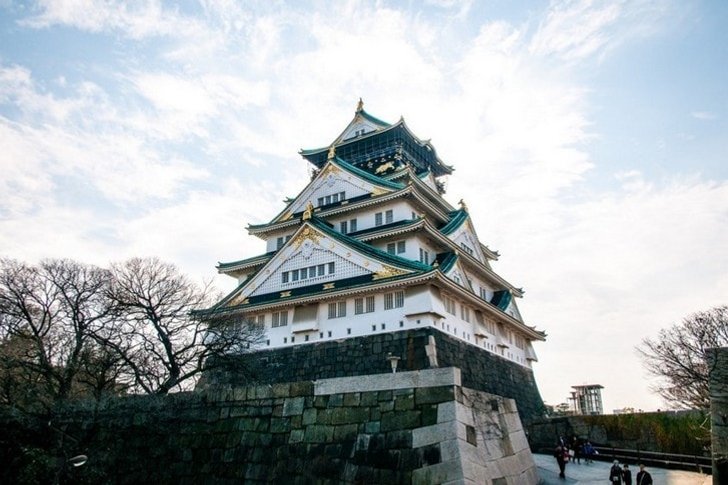
Tubu-Sangaku National Park
The national park is located in the central part of the island of Honshu. It is already over 50 years old, and its area is 17.4 thousand hectares. It grows maple and coniferous forests, bamboo. This area is called the Japanese Alps. There are meadows, amazing mountain lakes and even an active volcano. The inhabitants of the park are typical inhabitants of Japanese forests.

Atsuta Temple in Nagoya
The temple was founded about 1900 years ago, making it one of the oldest in Japan. It contains one of the three sacred imperial relics - the sword of Kusanagi no Mitsurugi. About 3000 historical valuables are placed in the halls of the temple. Every June, Atsuta Shrine hosts a Japanese martial arts competition. 8 million people come here to honor the sun goddess Amaterasu.
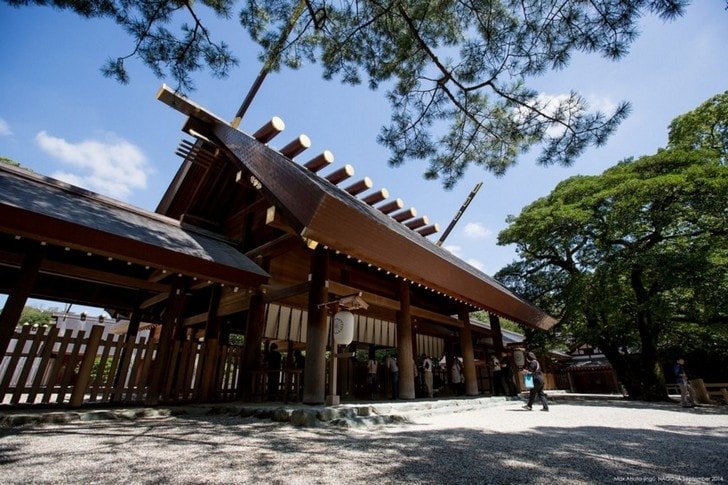
Tokyo Imperial Palace
This is the residence of the Emperor and the Imperial Palace. It is located in the heart of Tokyo. The area of the entire palace complex is 7.5 square meters. km. During the existence of the palace burned and destroyed. Now it consists of one underground and two ground floors. At any time, tourists can only get into East Park. You can get into the palace only twice a year.

Kegon Falls
The waterfall is located in the Nikko National Park. Its height is 101 meters. It is considered one of the most beautiful in Japan. At its foot, a tea house was built and there is a lift. There are 12 more jets flowing along the sides of the waterfall. You can view the waterfall from different angles. The national park itself combines pristine nature and modern comfort.
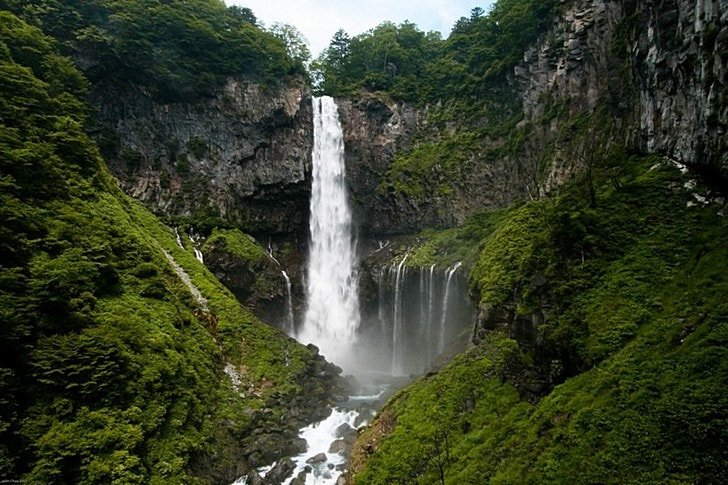
Toyota Mega Web Exhibition Center
The Palette Town entertainment center houses Japan's premier automobile museum. This is an amazing place where high-tech shows are held and the most interesting cars are presented. In six halls, both cars that have ever been produced and projects of future ones are shown. Among them there are rare cars, and cars that look like moon rovers. In the Ride One hall, you can test drive any car, provided that you have a license.
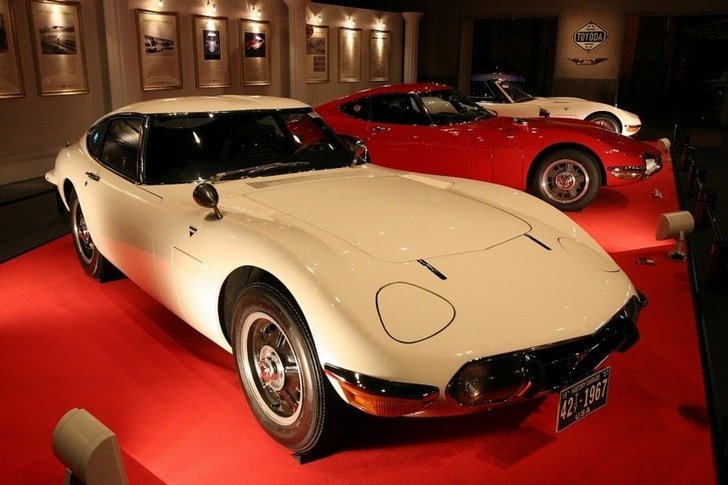
Disneyland in Tokyo
Tokyo Disneyland is located in Urayasu. This is the first Disney park built outside the United States. It is part of the whole Disney resort. It opened on April 15, 1938. The territory of the park is 465,000 m². It is divided into 7 thematic zones. The park has 47 attractions. There are also shops, cafes, hotels. Disneyland is open all year round and is the third most popular park in the world.
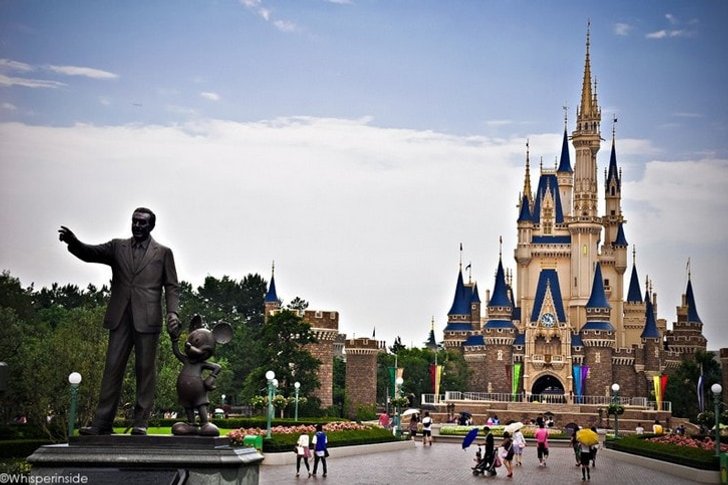
Hanami
Hanami is the cherry blossom festival when people admire the flowers. It passes in the spring. Then the whole country is transformed. Parks, temples and castles attract even more tourists. For the Japanese themselves, this is an amazing phenomenon, pacifying and joyful. In the evenings, the trees are beautifully illuminated, so they are admired not only during the day. A very popular activity is to have picnics under cherry blossoms.
